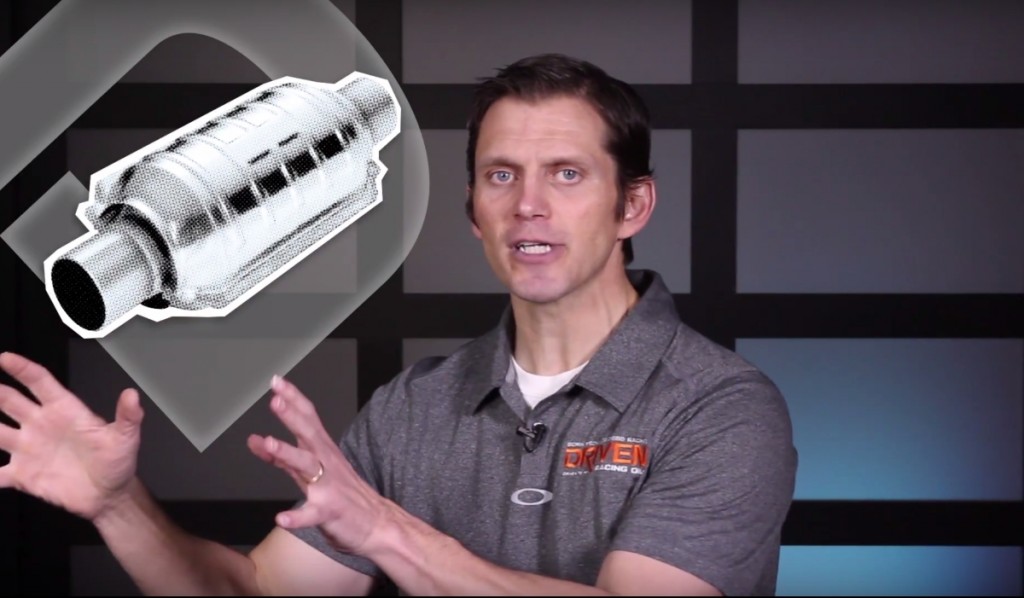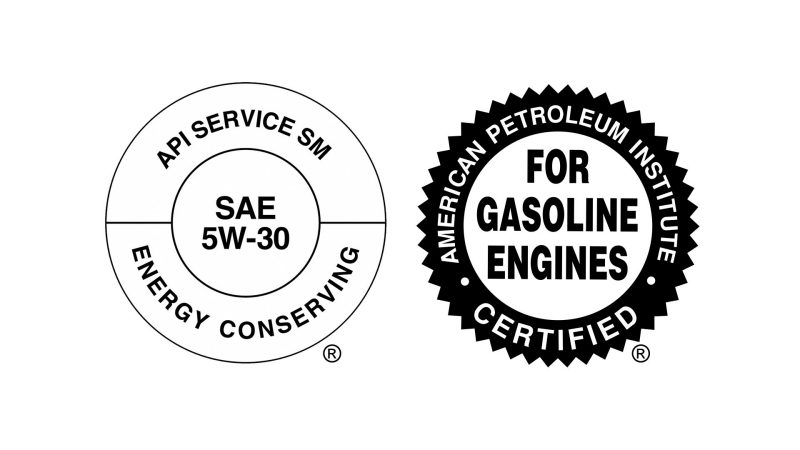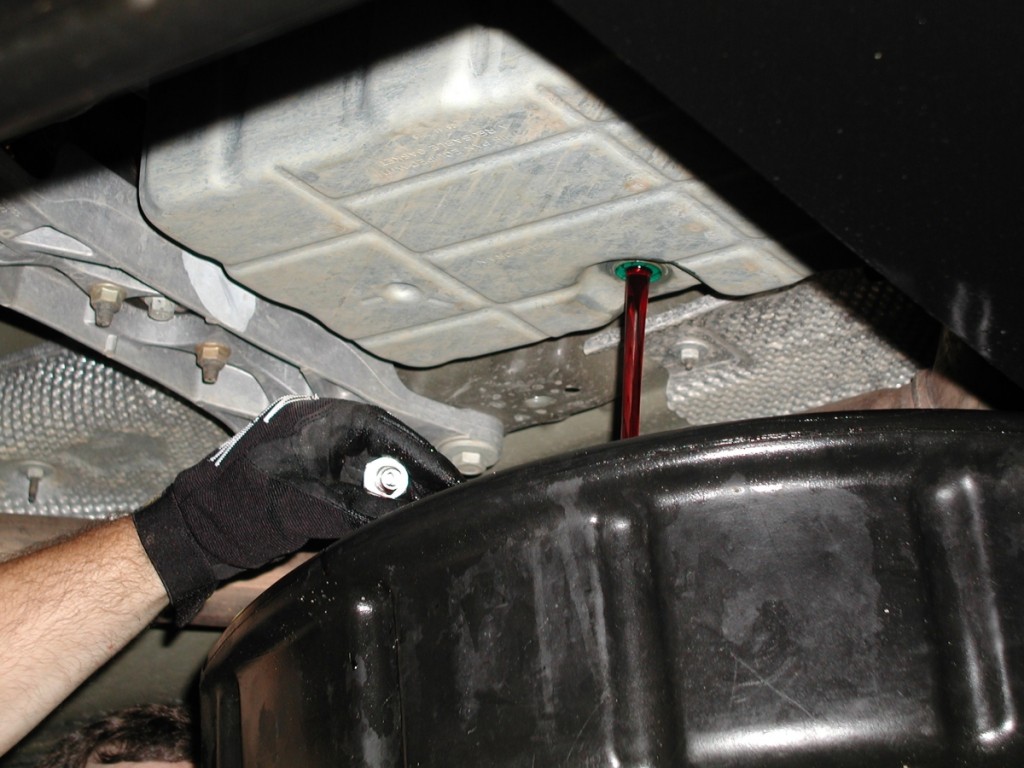Words by Cam Benty
Oil. Make sure you have enough of it, change it often, and your engine will have a healthy and long life. Right? Well, not exactly – especially for performance engine builders looking to get the most out of their engine investments.
Your grandfather probably got away with infrequent oil changes and checking the dipstick once a month, but he demanded a lot less from his engine back then. Thirty years ago, engines ran a lot more clearance between machined parts and cranked out less power in a very low heat environment. But, that was then… and this is now.
Today’s engines are encumbered with complex emissions equipment, aluminum heads, blocks, and other parts that expand and contract quickly, and other parts that aren’t compatible with low-quality oils.
The nice thing about evolution is that today, premium oils are relatively inexpensive, especially compared to everything else you deal with when maintaining a high-performance vehicle. Synthetic or conventional, there are qualities to oil that make one better than another. The key is carefully reading the bottle label and knowing what all those confusing abbreviations really mean.
The Abbreviations
The Society of Automotive Engineers (SAE) defines the viscosity grades of motor oil. Viscosity is the most important property of a motor oil, and today’s engines are designed to run on much lower viscosity motor oils than your grandfather’s engine, like SAE 0W-20. Modern engines equipped with things like Variable Valve Timing depend on hydraulic control, so don’t run SAE 20W-50 in an engine designed for SAE 5W-20.

In a recent FAQ video series on Driven Racing Oil’s YouTube channel, Certified Lubrication Specialist Lake Speed Jr. discusses whether high-zinc oils damage catalytic converters.
The advances in synthetic base oil technology allows engine builders to specify viscosity grades as low as SAE 0W-16 without increasing engine wear. In fact, some engines show even less wear when using an SAE 0W-20 compared to a SAE 10W-30.
The other three-letter abbreviation you need to know is API, short for the American Petroleum Institute. API sets standards for the performance levels found in gasoline and diesel motor oils. Gasoline-powered passenger car motor oils fall under the API S series of classifications, current gasoline engines requiring API SN oils.
Diesel-powered heavy-duty engines (HD) fall under the API C series of classifications. The current diesel specification is API CK-4. It is important to note that both API SN and CK-4 specifications only apply to stock engines. Once you make engine modifications — like a new camshaft — these specifications no longer apply because they are made for stock lift and spring pressures. Performance engines require oil formulated to compensate for the additional wear they generate.
Regime for Performance LS Engine Break-In
Sample engine: Chevy Performance LS3 – 525hp/525 lb-ft
- Fill with Driven BR30 oil and run engine 30 minutes, keeping rpm between 3, 000 to 5,000
- Drain oil and install new filter
- Install fresh Driven BR30 oil, then run for 500 miles
- Drain oil and install new filter
- Install oil of your choice – such as Driven LS30
ZDDP and Catalytic Converters
One of the more common topics for performance enthusiasts is whether running a high ZDDP oil (Zinc dialkyldithiophosphates) with a higher presence of zinc will damage today’s catalytic converters. Today’s API SN oils feature a ZDDP content ranging from 600 to 800 ppm. The quick answer to whether or not running high ZDDP oil is bad for cats is no, but with an important caveat to that answer.
In 1996, oil companies started to reduce the amount of ZDDP in the oil. As can now be told by statistics, there was no massive catalytic converter damage from these cars being exposed to this ZDDP level (up to 1200 ppm) in the early stages of catalytic converter fitment (1975-1996).
As noted by Certified Lubrication Specialist Lake Speed Jr., “European oils have always had higher levels of ZDDP than U.S.-built oils. If there had been an issue with these higher levels of ZDDP, it would have been evident during this time.”
That said, there are times when zinc contamination can be an issue. In most cases, the contamination occurs when low-quality oils burn off, leaving larger amounts of ZDDP behind. This allows a larger than acceptable amount of zinc to enter the exhaust and contaminate the catalytic converter.
To further increase the negatives, when this burn off occurs, the lubrication qualities of the oil are severely compromised and major engine damage can occur. All of these negatives can be easily avoided by simply purchasing a high-quality oil.
Decoding the New Diesel Oils
For a number of years, hot rodders and performance enthusiasts have been told to use diesel oils for their higher ZDDP content. This was especially recommended for engine break-in, when metal-to-metal surfaces are in their initial stages.

You’re likely to find symbols similar to these on oil bottle labels at your local auto parts store. They denote that the oil has passed performance level standards set by the American Petroleum Institute, and commonly include the oil’s viscosity defined by the Society of Automotive Engineers.
Recently, testing requirements for diesel oils have changed. The new CK-4 diesel oil rating was announced in December of 2016, and folks with Ford engines have already been warned not to run this oil in their engines, but rather stick with the earlier CJ-4 oil if they insist on running a diesel oil. The reason behind the warning is Ford engineers have seen inadequate wear protection from the new oil formulation.
So what happened? Regulators of the new CK-4 diesel oil removed the valvetrain wear test specification related to flat tappet durability found in all gasoline oil testing, deeming it unnecessary for new diesel engines. For this reason, the new CK-4 oil may not give you the same level of protection – as noted by the Ford engineering bulletin. If you want the higher ZDDP content, you have to use the CJ-4 diesel oil or some other higher content ZDDP oil.
As you can discern, oil is not a simple subject, but it is a topic that any fan of performance MUST know. To bury your head in the sand will result in potentially catastrophic engine damage — unless of course you find oil in the sand, and then, the benefits could outweigh the negatives.
Source: Driven Racing Oil, drivenracingoil.com

















